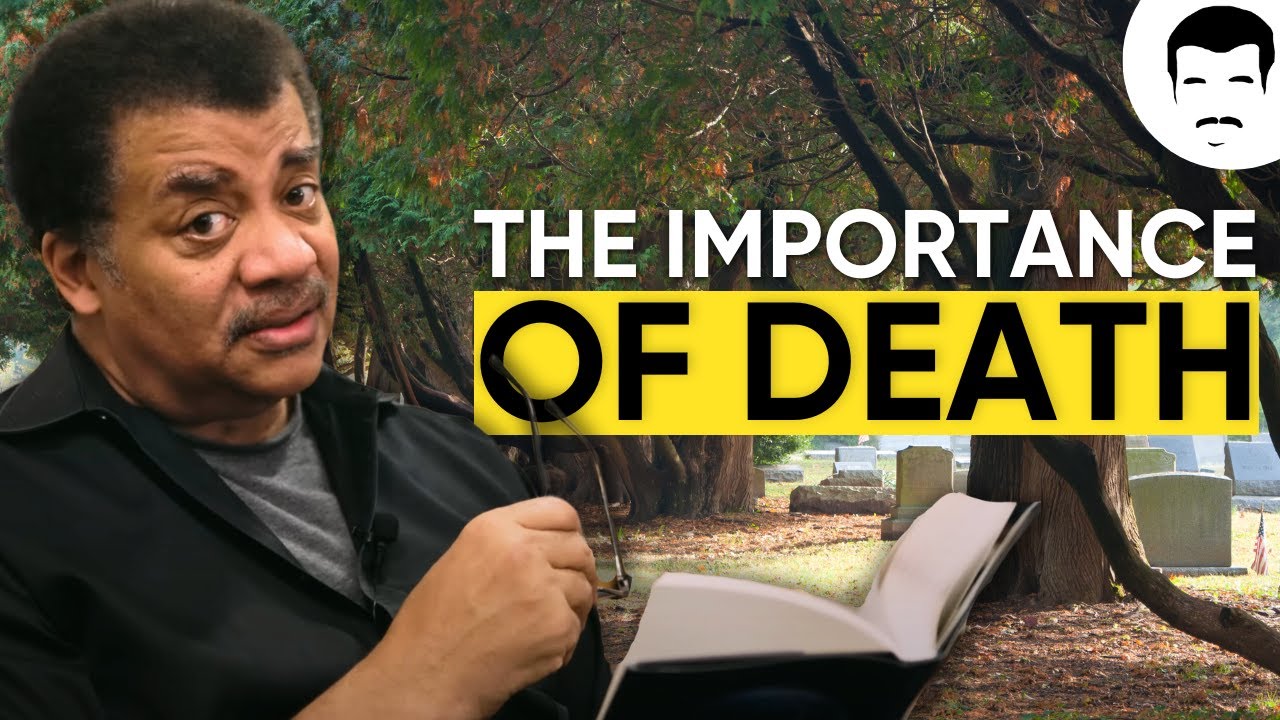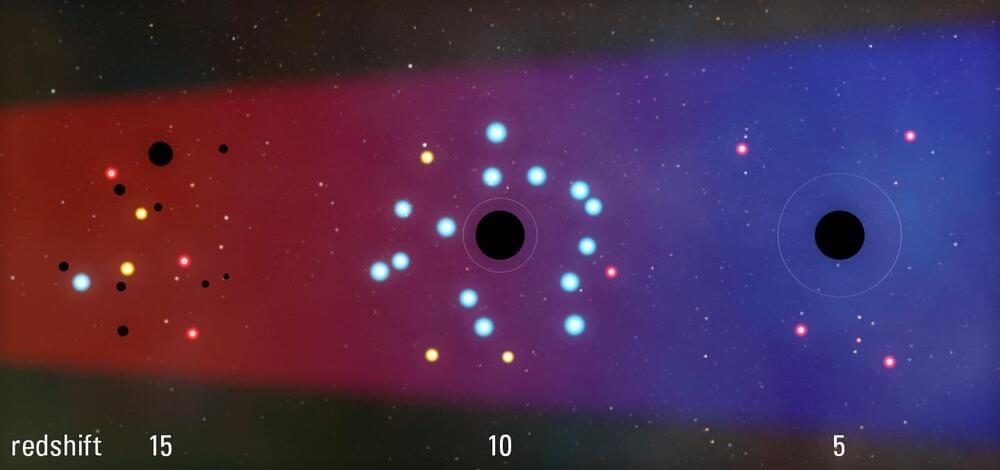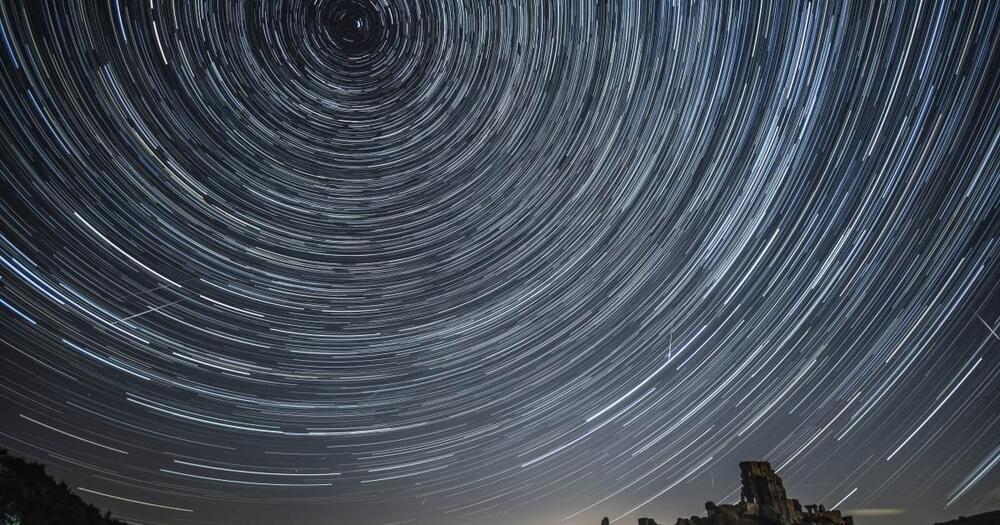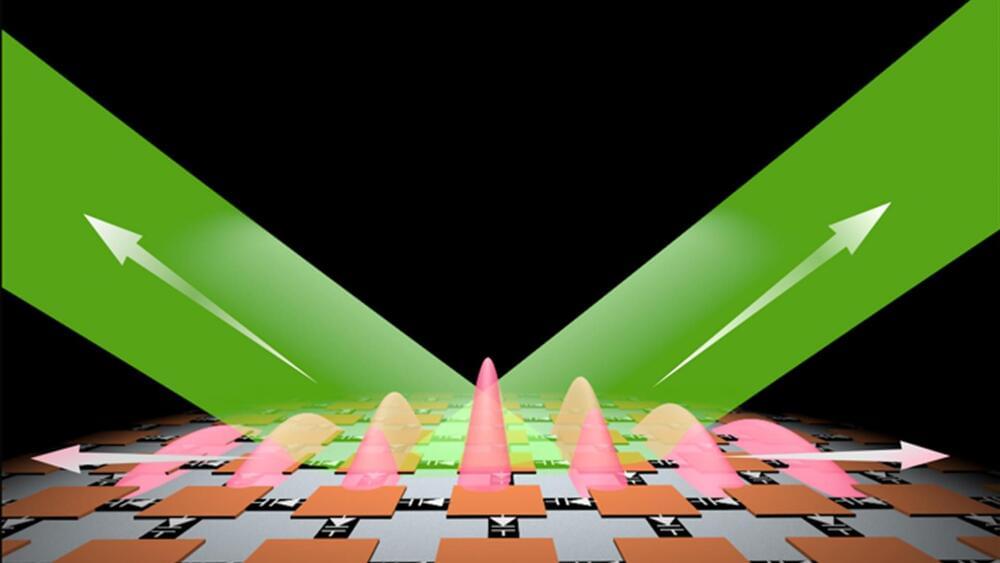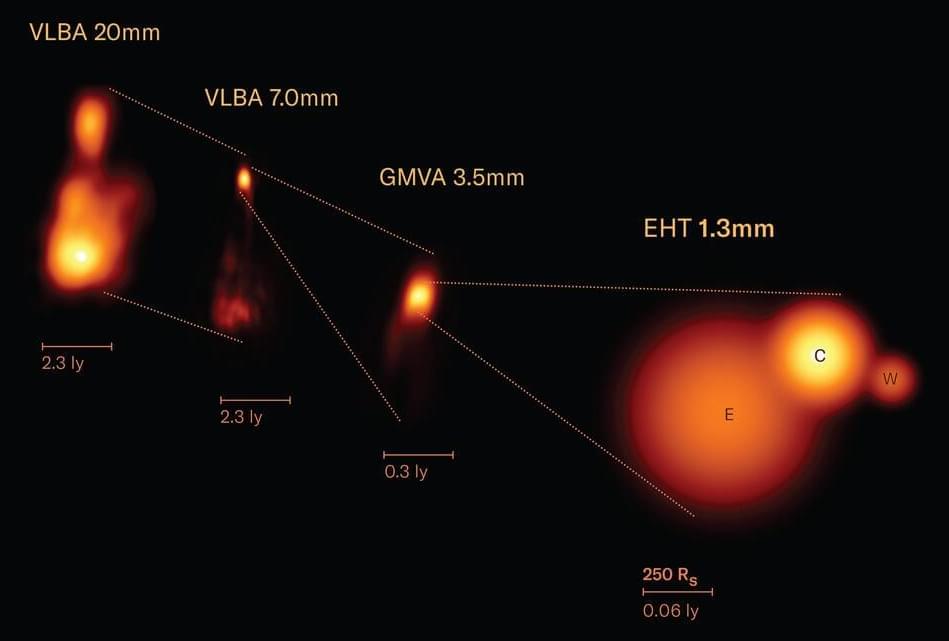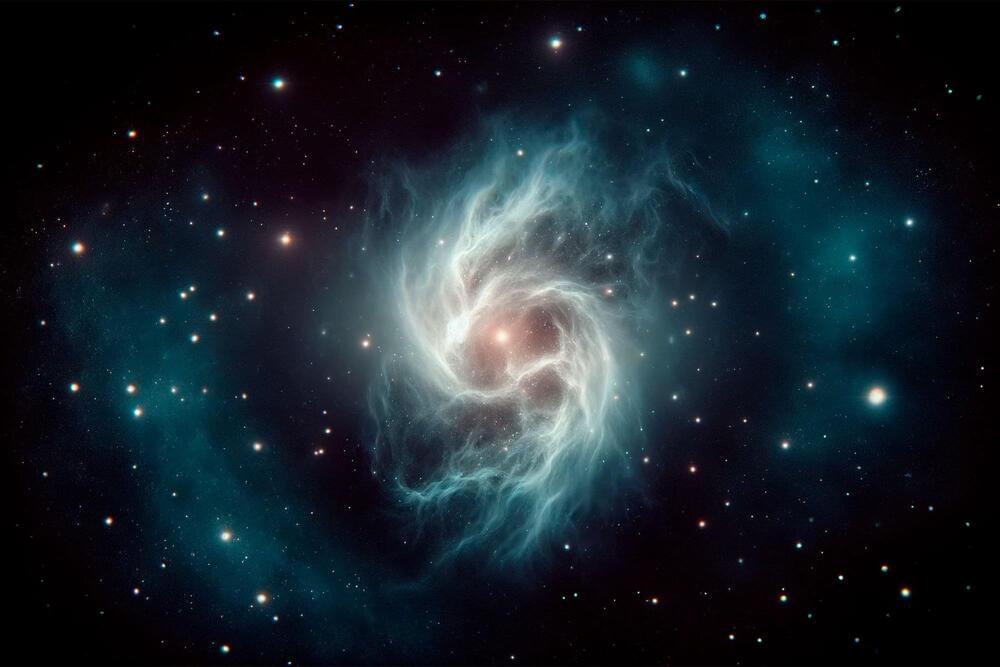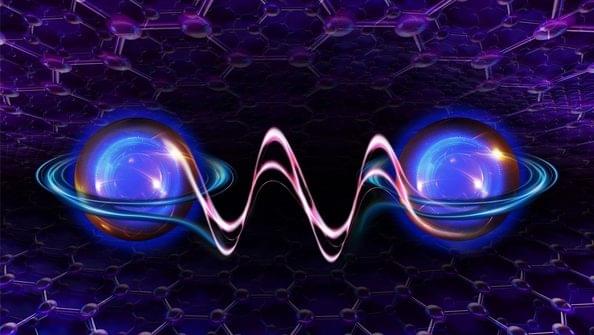Feb 6, 2024
Would We Want to Live Forever?
Posted by Montie Adkins in categories: existential risks, life extension, physics
More deathism from Mr Tyson. Really I’m a big fan but I dislike this sort of thinking. I commented on the vid.
What if we could live forever? Neil deGrasse Tyson takes us through life and death: if we could live forever what would life really mean? We explore why fresh flowers have meaning and why dogs make every day count. Learn about the Cretaceous-Tertiary Event, The Permian-Triassic Extinction, The Holocene Epoc, and how Earth is one killing machine.
